Iterative model is considered as an incremental model, where the software or a project is broken down into many large iterations and where every single iteration is a complete development loop which results in a release of executable product of software. Rapid application model is an example of iterative model. The development of the iterative model in SDLC is a manner of breaking down the software huge application into shorter segments.
In iterative model, the development begins by specifying and also by implementing the part of software which can be then again viewed in order to identify further requirements. This process is will be repeated by producing a new version of the software for each cycle of the model.
Advantages:
- In this model, we will create a high level design of the application before we actually begin to build the product and define the design solution for the entire product.
- Here we build and improve the product step by step by which we can track the defects at early stages.
- In this model, we can get the reliable user feedback.
- In this model less time is spent on documenting and also more time is given for implementation of software.
Disadvantages:
- In each step of iteration, it is rigid with no overlaps.
- It has expensive system of architecture or design issues may arise because all requirements are not gathered up front for the entire cycle.
We have to use the iterative model when requirements of the system will be completely defined and understood. Whenever the project is big. Many requirements must be defined.
AGILE:
Agile has the capability to create and respond to change. It is a way of proceeding with, and ultimately succeeding in an uncertain and turbulent environment. “Agile”, the word means the adaptiveness and response to change which is so important to their approach.
Agile software development is team with a group of frameworks and practices based on values and principles as expressed in the manifesto for agile software development. When anyone approaches software development in a particular manner, its generally good to live by these values and also by principles and use them to help figure out the right things to do given your particular context.
Agile methodologies:
Agile methodologies are conventions which a team chooses to follow in a style that follows agile values and principles. There are some methodologies like scrum and XP which are agile methodologies, these were considered as framework by Alistair. They were born from a single team’s methodology and they were considered as frameworks when they will be generalised to be used by other teams.
Why to choose agile?
When we ask any developer about their shifting from waterfall model to agile we will get to hear an earful of many benefits about the agile. Agile is a process at the team level. It is effective and achieve desired market and business goals. It is always essential to get the team’s daily work with coordination with an organisations strategic objectives. Agile helps organisations in many industries to improve product quality, time to market and employee satisfaction.
AGILE SCRUM:
Scrum is a framework which helps the software team work together. It encourages the team to learn by its experiences, self-organize while working on a problem and always highlights their wins and losses to continuously improve. Scrum is used by software development teams, its principles and lessons can be applied to all kinds of teamwork. This is reason scrum is very popular. Scrum explains a set of meetings, tools and roles that work in concert to help teams structure and manage their work.
A scrum procedure is differentiated from agile by a particular concepts and practices which are divided into three categories of roles, Artifacts and Time boxes. Scrum is often used to manage difficult software and product development. Scrum procedure benefits the organisation by helping as mentioned below:
- Increase the quality of the deliverables
- By adapting better to change.
- By providing better estimates while spending less time creating them.
- By controlling the project schedule and state.
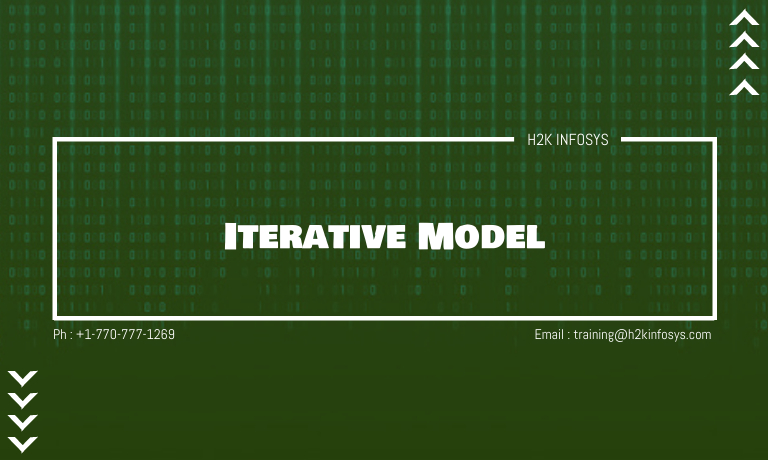



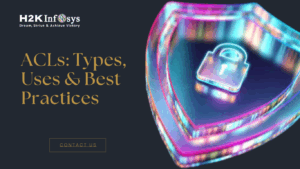
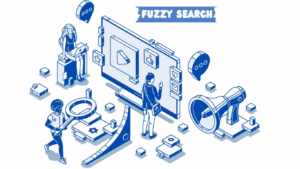












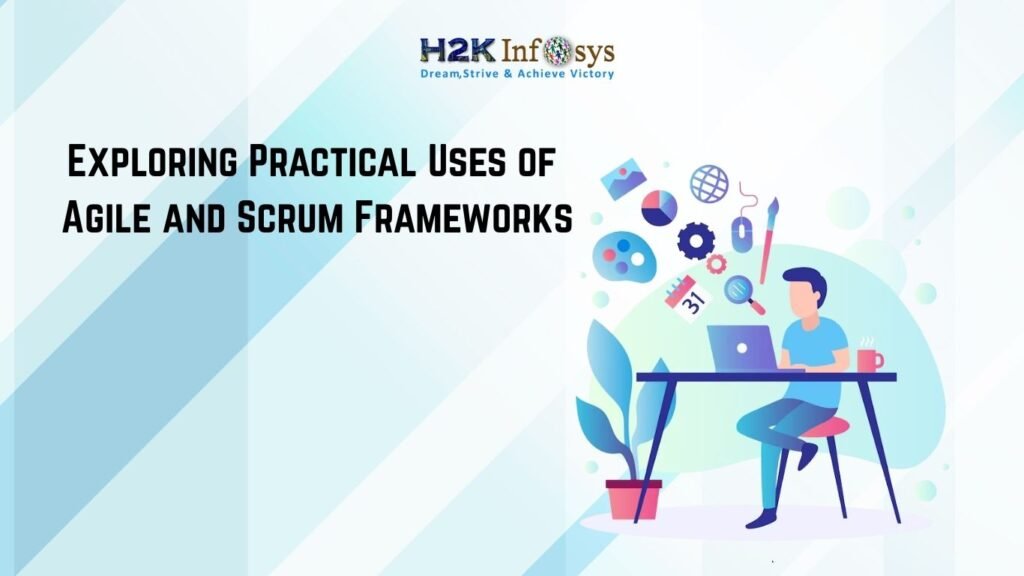



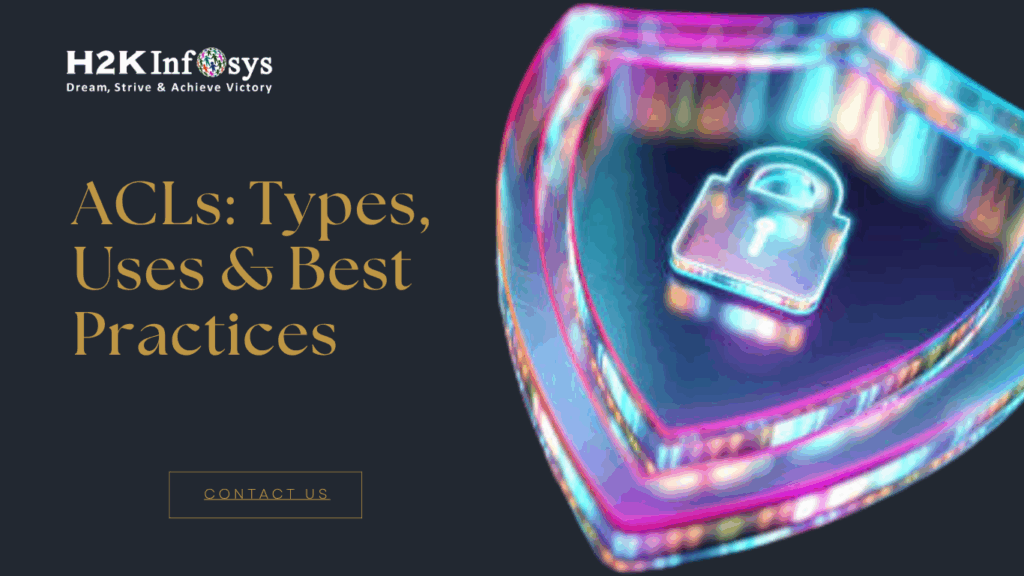
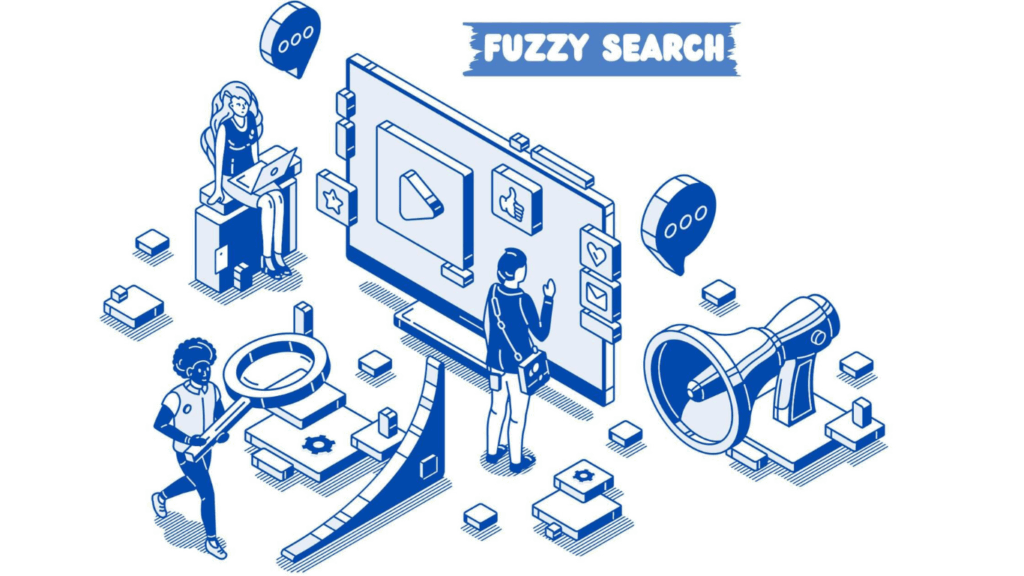






7 Responses
Iterative Model; The iterative model is considered as an incremental model, where the software or a project is broken down into many large iterations and where every single iteration is a complete development loop which results in a release of an executable product of software. Rapid application model is an example of the iterative model. In the iterative model, the development begins by specifying and also by implementing the part of software which can be then again viewed in order to identify further requirements; this process reoccurs hence making new software for each cycle of the model.
+; the iterative models advantages are as follows: a high level design of the application is created before the development of the product and then the definition of the design solution for the product. The product is built and improved step by step which helps users track defects early on. This model calls for reliable user feedback, and less time spent on documenting and also more time is given for implementation of software.
-; in each step of iteration, it is rigid with no overlaps and it also has an expensive system of architecture and design issues may arise because all the requirements are not gathered up front for the entire cycle.
AGILE: The agile model has the capability to create and respond to change. It is a way of proceeding with, and ultimately succeeding in an uncertain and turbulent environment.
Agile Methodologies: scrum and XP were considered as framework by Alistair, these methodologies are styled in agile values and principles. But why Agile? Agile is a process at the team level, it is effective and achieves desired market/business goals.
Agile Scrum: Scrum is a framework which helps the software team work together. It encourages the team to learn by its experiences, self-organize while working on a problem and always highlights their wins/losses to continuously improve. The scrum procedure benefits the organisation by helping as mentioned; 1. Increase the quality of the deliverables 2. By adapting better to change 3. By providing better estimates while spending less time creating them. 4. By controlling the project schedule and state.
Iterative model is considered as an incremental model, where the software or a project is broken down into many large iterations and where every single iteration is a complete development loop which results in a release of executable product of software. Rapid application model is an example of iterative model. The development of the iterative model in SDLC is a manner of breaking down the software huge application into shorter segments.
In iterative model, the development begins by specifying and also by implementing the part of software which can be then again viewed in order to identify further requirements. This process is will be repeated by producing a new version of the software for each cycle of the model.
Advantages:
1. In this model, we will create a high level design of the application before we actually begin to build the product and define the design solution for the entire product.
2. Here we build and improve the product step by step by which we can track the defects at early stages.
3. In this model, we can get the reliable user feedback.
4. In this model less time is spent on documenting and also more time is given for implementation of software.
Disadvantages:
1. In each step of iteration, it is rigid with no overlaps.
2. It has expensive system of architecture or design issues may arise because all requirements are not gathered up front for the entire cycle.
Agile, the word means the adaptiveness and response to change which is so important to their approach. Agile methodologies are conventions which a team chooses to follow in a style that follows agile values and principles.
Many companies choose Agile nowadays because Agile is a process at the team level. It is effective and achieve desired market and business goals. It is always essential to get the team’s daily work with coordination with an organisations strategic objectives. Agile helps organisations in many industries to improve product quality, time to market and employee satisfaction.
AGILE SCRUM:
Scrum is a framework which helps the software team work together. It encourages the team to learn by its experiences, self-organize while working on a problem and always highlights their wins and losses to continuously improve. Scrum is used by software development teams, its principles and lessons can be applied to all kinds of teamwork. This is reason scrum is very popular.
Scrum procedure benefits the organisation by helping as mentioned below:
1. Increase the quality of the deliverables
2.By adapting better to change.
3.By providing better estimates while spending less time creating them.
4. By controlling the project schedule and state.
Iterative model is considered as an incremental model, where the software or a project is broken down into many large iterations and where every single iteration is a complete development loop which results in a release of executable product of software. Rapid application model is an example of iterative model.
In iterative model, the development begins by specifying and also by implementing the part of software which can be then again viewed in order to identify further requirements. This process will be repeated by producing a new version of the software for each cycle of the model.
Iterative model
Advantages:
In this model, we will create a high-level design of the application before we actually begin to build the product and define the design solution for the entire product.
Here we build and improve the product step by step by which we can track the defects at early stages.
In this model, we can get the reliable user feedback.
In this model less time is spent on documenting and also more time is given for implementation of software.
Disadvantages:
In each step of iteration, it is rigid with no overlaps.
It has expensive system of architecture or design issues may arise because all requirements are not gathered up front for the entire cycle.
We have to use the iterative model when requirements of the system will be completely defined and understood. Whenever the project is big. Many requirements must be defined.
AGILE:
Agile has the capability to create and respond to change. It is a way of proceeding with, and ultimately succeeding in an uncertain and turbulent environment. “Agile”, the word means the adaptiveness and response to change which is so important to their approach.
Agile software development is team with a group of frameworks and practices based on values and principles as expressed in the manifesto for agile software development.
Agile methodologies:
Agile methodologies are conventions which a team chooses to follow in a style that follows agile values and principles. There are some methodologies like scrum and XP which are agile methodologies, these were considered as framework by Alistair.
Importance of agile:
When we ask any developer about their shifting from waterfall model to agile, we will get to hear an earful of many benefits about the agile. Agile is a process at the team level. It is effective and achieve desired market and business goals.
AGILE SCRUM:
Scrum is a framework which helps the software team work together. It encourages the team to learn by its experiences, self-organize while working on a problem and always highlights their wins and losses to continuously improve. Scrum is used by software development teams, its principles and lessons can be applied to all kinds of teamwork.
A scrum procedure is differentiated from agile by a particular concepts and practices which are divided into three categories of roles, Artifacts and Time boxes. Scrum is often used to manage difficult software and product development.
Scrum procedure benefits the organization by helping as mentioned below:
Increase the quality of the deliverables
By adapting better to change.
By providing better estimates while spending less time creating them.
By controlling the project schedule and state
Iterative Model
Iterative model is considered as incremental model where as software project is broken down into many large iterations and every single iteration is a development loop which releases in executable file.
In iterative model, the development begins by specifying and also by implementing the part of software which can be then again viewed in order to identify further requirements. This process will be repeated by producing a new version of the software for each cycle of the model.
Advantages:
1. In this model we create high level design of an application before we start to build actual application.
2. Here we build and improve the application step by step by which we can find the defects at early stages.
3.Main focus is on developing software instead of documentation.
4.In this model , we can get reliable feedback from user.
Disadvantages :
1. In each iteration ,it is rigid ,no overlaps.
2. It is expensive model.
AGILE :
Agile word means adaptiveness and response to change. Agile is a software development process with group of frameworks and practices based on values and principles. With the help of Agile process, we can achieve desired market and business goals. Agile helps organisations in many industries to improve product quality, time to market and employee satisfaction.
AGILE SCRUM:
Scrum is a framework which helps the software team work together. Scrum explains a set of meetings, tools and roles that work in concert to help teams structure and manage their work. Scrum is often used to manage difficult software and product development.
Benefits of Scrum:
1. Increase the quality of the deliverables
2. By adapting better to change.
3. By providing better estimates while spending less time creating them.
4. By controlling the project schedule and state.
Iterative model is considered as an incremental model, where the software or a project is broken down into many large iterations and where every single iteration is a complete development loop which results in a release of executable product of software. Rapid application model is an example of iterative model. The development of the iterative model in SDLC is a manner of breaking down the software huge application into shorter segments.
In iterative model, the development begins by specifying and also by implementing the part of software which can be then again viewed in order to identify further requirements. This process is will be repeated by producing a new version of the software for each cycle of the model.
Advantages:
1. In this model, we will create a high level design of the application before we actually begin to build the product and define the design solution for the entire product.
2. Here we build and improve the product step by step by which we can track the defects at early stages.
3. In this model, we can get the reliable user feedback.
4. In this model less time is spent on documenting and also more time is given for implementation of software.
Disadvantages:
1. In each step of iteration, it is rigid with no overlaps.
2. It has expensive system of architecture or design issues may arise because all requirements are not gathered up front for the entire cycle.
Agile, the word means the adaptiveness and response to change which is so important to their approach. Agile methodologies are conventions which a team chooses to follow in a style that follows agile values and principles.
Many companies choose Agile nowadays because Agile is a process at the team level. It is effective and achieve desired market and business goals. It is always essential to get the team’s daily work with coordination with an organisations strategic objectives. Agile helps organisations in many industries to improve product quality, time to market and employee satisfaction.
AGILE SCRUM:
Scrum is a framework which helps the software team work together. It encourages the team to learn by its experiences, self-organize while working on a problem and always highlights their wins and losses to continuously improve. Scrum is used by software development teams, its principles and lessons can be applied to all kinds of teamwork. This is reason scrum is very popular.
Scrum procedure benefits the organisation by helping as mentioned below:
1. Increase the quality of the deliverables
2.By adapting better to change.
3.By providing better estimates while spending less time creating them.
4. By controlling the project schedule and state.
Iterative model is considered as an incremental model, where the software or a project is broken down into many large iterations and where every single iteration is a complete development loop which results in a release of executable product of software. Rapid application model is an example of iterative model. The development of the iterative model in SDLC is a manner of breaking down the software huge application into shorter segments.
In iterative model, the development begins by specifying and also by implementing the part of software which can be then again viewed in order to identify further requirements. This process is will be repeated by producing a new version of the software for each cycle of the model.
Advantages:
1. In this model, we will create a high level design of the application before we actually begin to build the product and define the design solution for the entire product.
2. Here we build and improve the product step by step by which we can track the defects at early stages.
3. In this model, we can get the reliable user feedback.
4. In this model less time is spent on documenting and also more time is given for implementation of software.
Disadvantages:
1. In each step of iteration, it is rigid with no overlaps.
2. It has expensive system of architecture or design issues may arise because all requirements are not gathered up front for the entire cycle.
AGILE- a project management approach based on delivering requirements iteratively and incrementally throughout the life cycle.
Agile methodology is a way to manage a project by breaking it up into several phases. It involves constant collaboration with stakeholders and continuous improvement at every stage. Once the work begins, teams cycle through a process of planning, executing, and evaluating.
AGILE SCRUM:
Scrum is a framework which helps the software team work together. It encourages the team to learn by its experiences, self-organize while working on a problem and always highlights their wins and losses to continuously improve. Scrum is used by software development teams, its principles and lessons can be applied to all kinds of teamwork. This is reason scrum is very popular. Scrum explains a set of meetings, tools and roles that work in concert to help teams structure and manage their work.
The iterative model is considered an incremental model, where the software or a project is broken down into many large iterations and where every single iteration is a complete development loop that results in a release of an executable product of the software. The rapid application model is an example of an iterative model. The development of the iterative model in SDLC is breaking down huge software application into shorter segments.
In the iterative model, the development begins by specifying and also by implementing the part of the software which can then be again viewed in order to identify further requirements. This process is will be repeated by producing a new version of the software for each cycle of the model.
Advantages:
1.In this model, we will create a high-level design of the application before we actually begin to build the product and define the design solution for the entire product.
2.Here we build and improve the product step by step by which we can track the defects at the early stages.
3. In this model, we can get reliable user feedback.
4. In this model less time is spent on documenting and also more time is given to the implementation of software.
Disadvantages:
1. In each step of iteration, is rigid with no overlaps.
2. It has an expensive system of architecture.Design issues may arise because all requirements are not gathered up front for the entire cycle.
We have to use the iterative model when the requirements of the system will be completely defined and understood. Whenever the project is big. Many requirements must be defined.
Agile:
Agile software development is a team with a group of frameworks and practices based on values and principles as expressed in the manifesto for agile software development.
Agile methodologies:
Agile methodologies are conventions that a team chooses to follow in a style that follows agile values and principles. They were born from a single team’s methodology and they were considered frameworks when they will be generalized to be used by other teams.
AGILE SCRUM:
Scrum is a framework which helps the software team work together. It encourages the team to learn from its experiences, self-organize while working on a problem, and always highlight their wins and losses to continuously improve. Scrum is used by software development teams, its principles and lessons can be applied to all kinds of teamwork. This is the reason scrum is very popular. Scrum explains a set of meetings, tools, and roles that work in concert to help teams structure and manage their work.